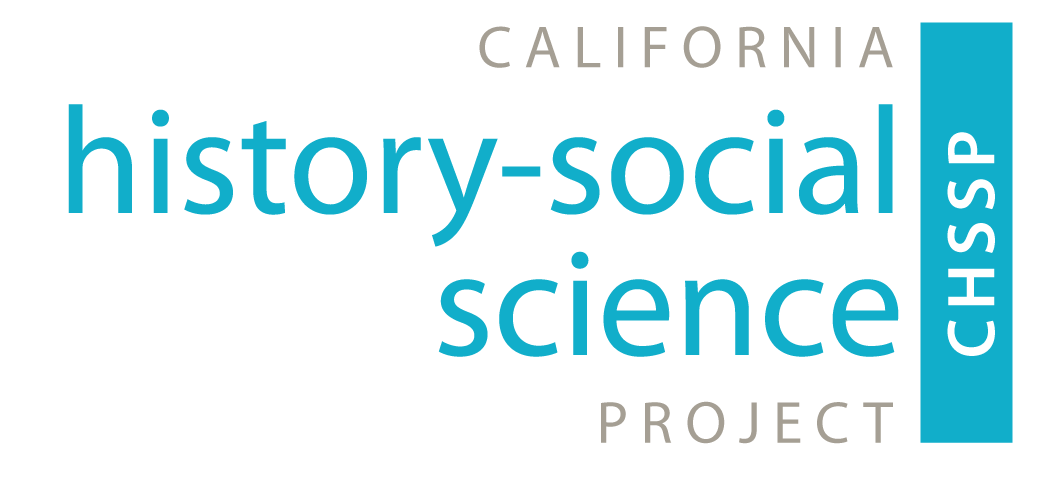Assessments, Trivia, and History
Originally posted on May 24, 2011 by Shennan Hutton
Last Saturday I went to my grandson’s baseball game. From my seat near the dugout, I overheard the following conversation of the 9- and 10-year-olds killing time while waiting for their turn at bat.
“Let’s play Trivia,” said one. “I’ve got one. When did California become a state?”
Silence. (I’m not entirely clear on the rules of this game, as I never actually heard an answer to this question, even from the young man who posed it.)
“Uh…” said another. “Well, when did Columbus discover the Indians?”
Silence. Just when I was about to sing “In fourteen hundred and ninety-two/Columbus sailed the ocean blue,” my grandson asked his question.
“What is the thing that the Indians used, you know, to catch animals and it was with the stick and tied with string?”
“A spear?” guessed one.
“No, no, no,” said my grandson. “No, it’s what they used with the spear.”
“Bamboo?” another guessed.
“No, no,” answered my grandson. “The thing on the bamboo. The rock. They put it on a bamboo stick and tied it with vines.”
None of his young listeners came up with obsidian. Finally, another spoke: “Okay, what’s two million divided by six?”
A long pause. Then, the answer: “One million?”
Clearly the elementary school teachers in Windsor, California, are doing their jobs. The fact that third- and fourth-graders knew enough history to pose these questions shows that. I was struck by the kind of questions these boys asked. Where did they learn that history is about names and dates? When did they make the connection between history and trivia? Why do they remember these questions and not the larger issues their teachers certainly raised? Why didn’t one of them ask, “What factors led to California becoming a state?” or “Why did Columbus discover the Indians?” Why is history so often represented as a collection of names and dates?
My grandson’s Trivia game is not unlike the multiple-choice tests which evaluate student progress, although questions on the latter are much clearer! Multiple-choice questions often test simple, concrete information that students were supposed to memorize. Grading those questions (cheaply, by machine) produces a simple, concrete number. However, students, like my grandson and his teammates, find it very difficult to answer these simple questions, even when they know something about the topic. They have no opportunity to explain their answers or otherwise demonstrate their knowledge and historical understanding.
We are considering several different types of assessments for the Blueprint project. Since we intend to offer the assessment system online, we will include multiple-choice questions with feedback loops (pop-up explanations of why an answer is right or wrong.) We also want to ask students to explain their choices, or give evidence that supports their answers. We want to make use of anticipation guides, essay and short-answer writing, and performance-based assessments. However, what really sets our assessment work apart is our focus on interweaving historical thinking and academic literacy with content to assess students’ historical understanding.
My grandson has a lot to learn about the Native Americans. Since he will enter fourth grade next year, I hope his teacher will correct his mistakes about Native American hunting implements. But I hope even more that his teacher will expose him to historical evidence and ask him to analyze primary sources. I hope that teacher will take his interest in trivia and turn it into a love of history.



